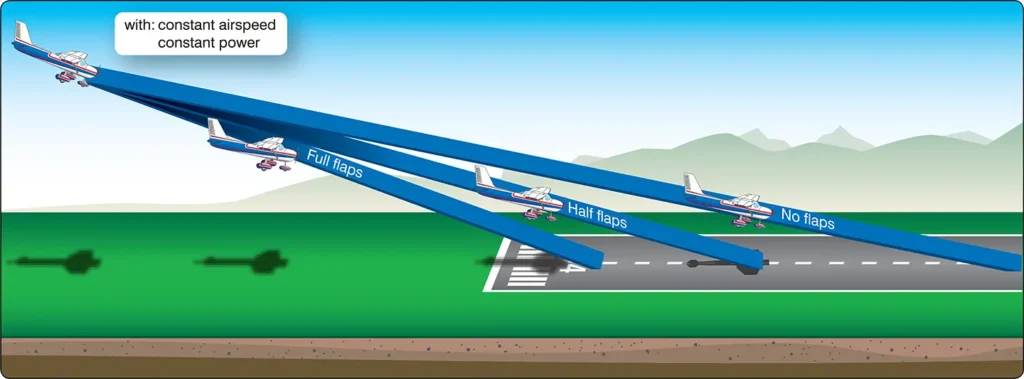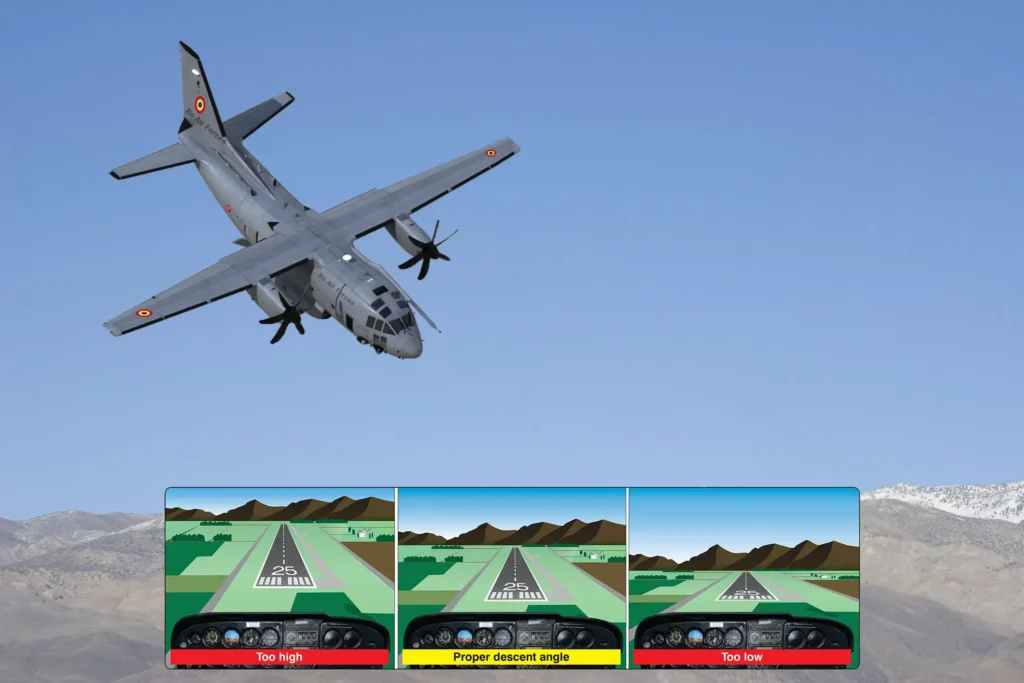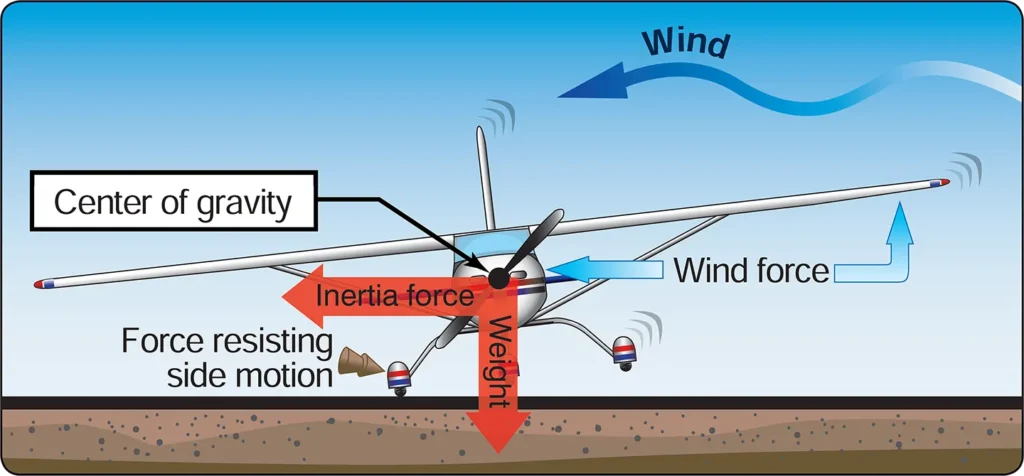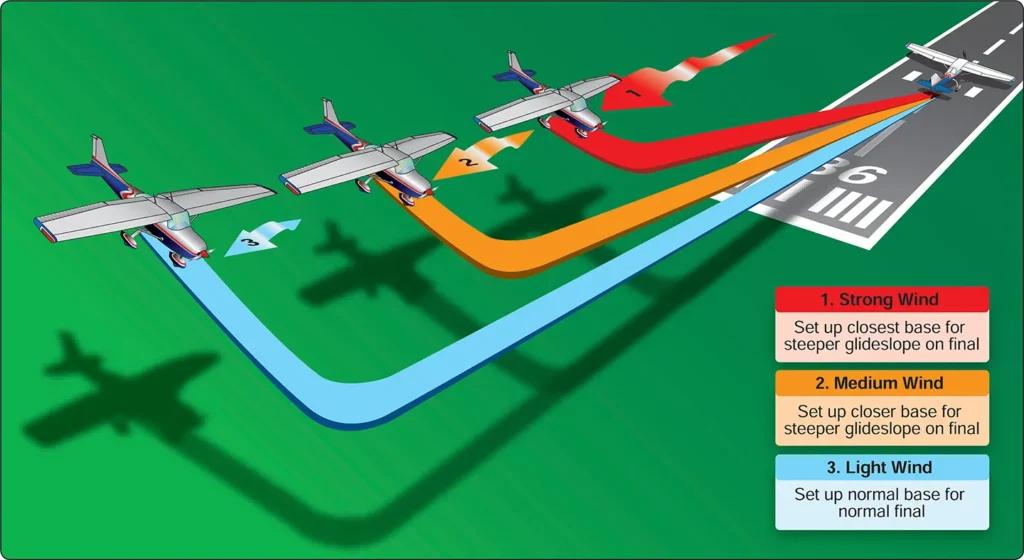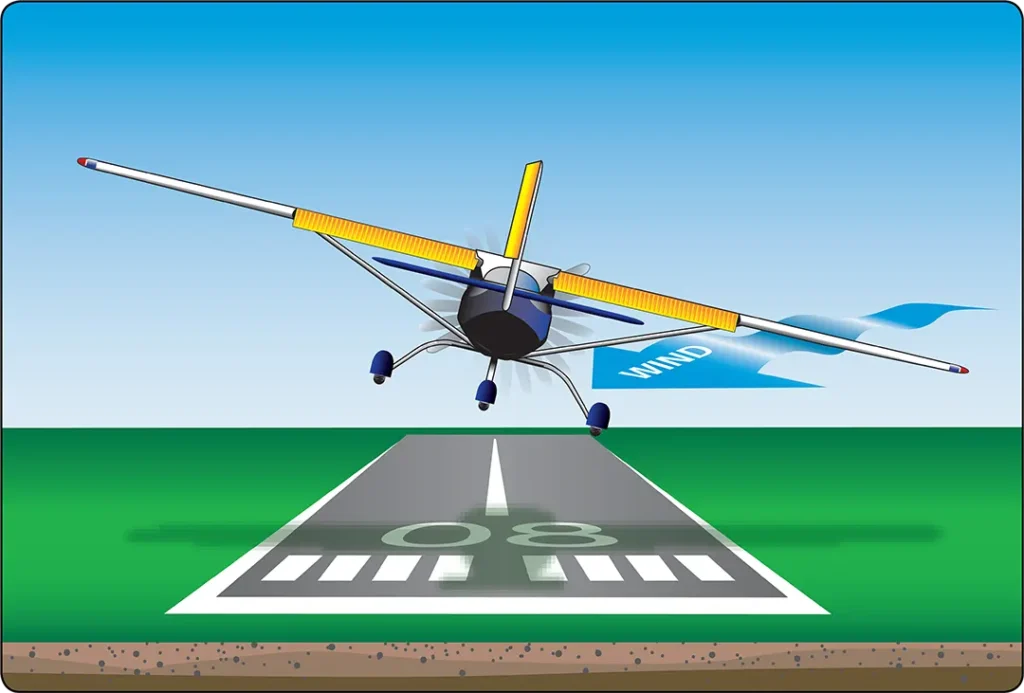Use of Flaps | Airplane Approaches and Landings
Airplane Flying, Flying TrainingThe following general discussion applies to airplanes equipped with flaps. The pilot may use landing flaps during the descent to adjust lift and drag. Flap settings help determine the landing spot and the descent angle to that spot. [Figure 1 and Figure 2] Flap extension during approaches and landings provides several advantages by: Producing greater […]

